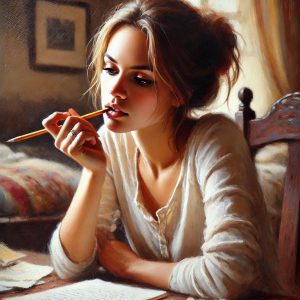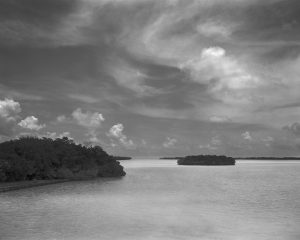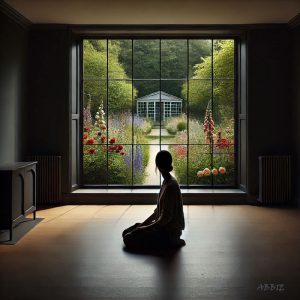Photographers’ Rights to Copyright: Derivative Images from Own Photography and the Debate Around Creating from Others’ Work
 The concept of copyright law can be a confusing one, especially when it comes to images and derivative works. However, one principle that should be clear is that photographers have a strong claim to ownership over derivative images created from their own photography.
The concept of copyright law can be a confusing one, especially when it comes to images and derivative works. However, one principle that should be clear is that photographers have a strong claim to ownership over derivative images created from their own photography.
What exactly are derivative images? These are images that are created by altering or transforming an original image in some way. This might involve cropping, resizing, or manipulating the colours or contrast. Essentially, any change that is made to an original photograph can be considered a derivative work.
When a photographer creates a derivative work from their own photography, they have a strong claim to copyright. This means that they have the exclusive right to control how their work is used, copied, and distributed. They can also license their work to others for use in various contexts, such as advertising campaigns or book illustrations.
However, the situation gets more complicated when photographers create derivative works from other people’s images or text. This is where copyright law becomes murkier, as it is not always clear who owns the rights to the original work. In most cases, it is illegal to create derivative works from copyrighted material without first obtaining permission from the creator or copyright holder.
Some argue that creating derivative works from other people’s images or text is inherently different from creating derivative works from one’s own photography. They assert that photographers should only be able to claim copyright over their own original works, not works that are based on someone else’s creations.
However, this argument overlooks the fact that even derivative works can require skill, effort, and creativity to produce. A photographer who creates an AI-generated image from another person’s photograph may have put just as much work into that creation as they did into the original photograph. Thus, it seems fair that they should be able to claim some level of ownership over that work.
Overall, the question of copyright for derivative works is a complex one. However, it is clear that photographers have a strong claim to ownership over derivative images created from their own photography. As for images created from other people’s work, a more nuanced approach may be needed to balance the rights of creators with the needs of the wider public.
What do you think?









Another great post about a subject that could be confusing to many! In the U.S. there are basically two types of work. “New work” and “Derivative work” New works have in most cases automatically copyright protection. With derivative work it depends if the derivative work is derivative enough to be considered a “new work” or not. In general there are a 4 thresholds for that determination. Creativity, % of change, was it done on purpose, and commercial impact or financial gain. There is no fixed legal measuring method for each of these thresholds. It is determined by the courts on a case by case basis. (If it even gets to that point) If you create a derivative of your own work, you don’t have any of these threshold problems. They are a non-issue. Heck, there are probable not even “derivative” in a legal sense. Just a different version of your own creation. Each version, would be considered a “New Work”.
That is so true and why I am only concentrating on my own photography using AI to give it a twist. Hopefully more people do this than having AI using other peoples work to train on
Like that! It is the best (and safest) way to utilize AI